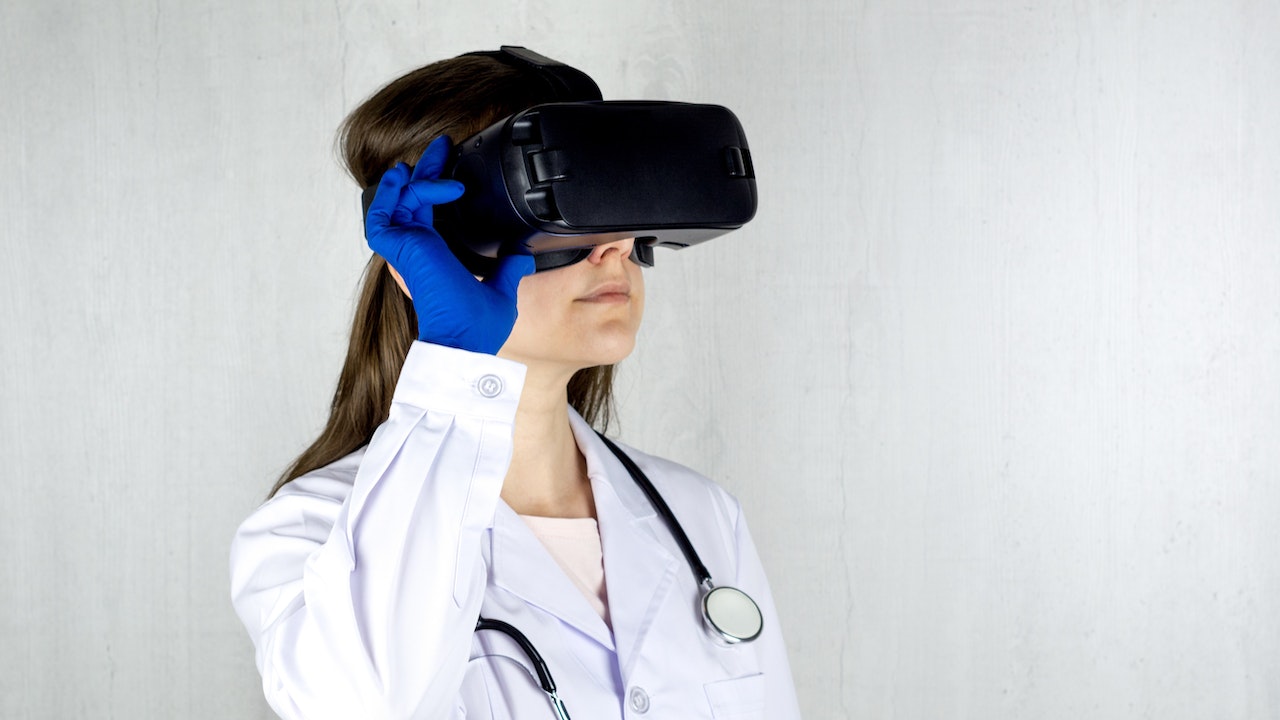The Future of Virtual Reality in Medicine
Virtual reality (VR) has the potential to transform various aspects of healthcare, including training, diagnosis, treatment, rehabilitation, and telemedicine. VR can be used to create realistic simulations for medical professionals, immersive experiences for doctors, engaging rehabilitation experiences for patients, and virtual consultations for telemedicine. It can also be used to create educational materials for patients. The future of VR in medicine looks bright, with the potential to revolutionize the field.

Virtual reality (VR) technology has the potential to revolutionize the field of medicine by providing new tools for training, diagnosis, and treatment. Here are some ways that VR could impact the future of medicine:
-
VR training for medical professionals. VR can be used to create realistic simulations of medical procedures and scenarios, allowing medical professionals to practice and refine their skills in a safe and controlled environment. This can be especially valuable for training surgeons, who can practice complex procedures without the risk of causing harm to patients.
-
VR diagnosis and treatment. VR technology can be used to create immersive experiences that can help doctors diagnose and treat patients. For example, VR can be used to create simulations of a patient's internal organs, allowing doctors to visualize and understand a patient's condition in a more intuitive way. VR can also be used to create virtual environments that can help patients relax and manage pain during medical procedures.
-
VR rehabilitation. VR can be used to help patients recover from injuries and surgeries by providing engaging and immersive rehabilitation experiences. For example, VR can be used to create virtual environments that allow patients to practice physical therapy exercises or to provide cognitive rehabilitation for patients with brain injuries.
-
VR telemedicine. VR technology can be used to connect patients and healthcare providers remotely, allowing for virtual consultations and follow-up appointments. This can be especially useful for patients who live in rural or underserved areas or for patients with mobility issues.
-
VR education for patients. VR can be used to create educational materials that can help patients understand their conditions and treatments. For example, VR can be used to create virtual simulations of medical procedures or to provide visual explanations of complex medical concepts.
In summary, the future of virtual reality in medicine looks bright, with the potential to revolutionize training, diagnosis, treatment, rehabilitation, and telemedicine. VR technology can provide new tools for medical professionals, help patients understand their conditions and treatments, and improve access to care for patients in underserved areas.










